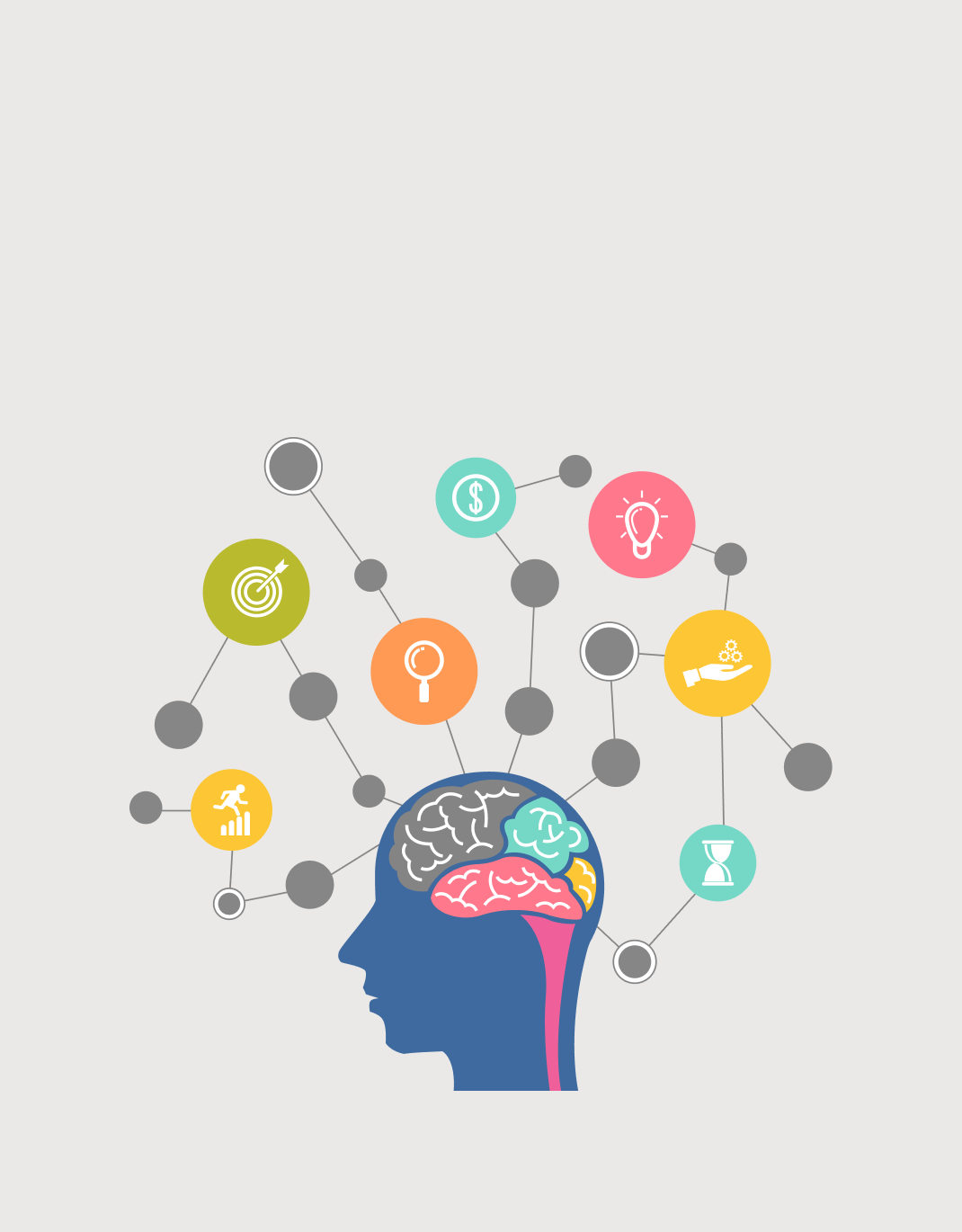The Role of the Family in Shaping the Emotional Dimension of Students’ Social Identity from the Perspective of Teachers
Keywords:
family, identity, social identity, emotional identityAbstract
This study aimed to examine the impact of the family on the formation of the emotional dimension of students' social identity from the perspective of upper elementary school teachers (grades 4, 5, and 6) during the 2022–2023 academic year. The research adopted a qualitative approach, with an applied objective and a descriptive nature. Purposeful sampling was conducted based on the principle of theoretical saturation, and 30 upper-elementary school teachers from the city of Saveh were selected as participants. Data were collected using an open-ended, researcher-made questionnaire and were analyzed manually and using MAXQDA 10 software. Two overarching concepts, 13 categories, and 27 subcategories were identified from the data. Analysis of the data and participants’ perspectives revealed that teachers believe the family influences the emotional dimension of social identity formation in two ways: consciously (providing emotional support to children, preparing them for social participation, involving them in decision-making, recommending the Ahl al-Bayt as role models, gamifying the practice of manners and ethics, encouraging reflection on ethical and social issues, and attending to physiological needs) and unconsciously (family members’ relationships, the family’s role-modeling function, the living environment, economic management, peer groups, and media). According to upper-elementary school teachers, the unconscious influence of the family has a more significant impact on the development of the emotional dimension of adolescents’ social identity. The findings of this study can be utilized by scholars, students, and stakeholders in the fields of family studies, child development, and education.
Downloads
References
Ansari, F. (2023). Investigating the factors influencing the formation of social identity among high school students. 10th National Conference on Advances in Positive Psychology, Bandar Abbas. https://en.civilica.com/doc/2012558/
Carr, A. (2012). Family therapy: Concepts, process, and practice. Malden: John Wiley & Sons. https://doi.org/10.1111/j.1467-6427.2012.00590.x
Farsi, M. (2024). Investigating challenges affecting identity formation in children. First International Conference on the Islamic Human Sciences Revolution, Sari. https://en.civilica.com/doc/2087197/
Fedorenko, S., Voronina, H., & Zhurba, K. (2020). School-family Interaction in Forming Adolescents' National Identity: the Ukrainian Pedagogical Experience. Revista Romaneasca pentru Educatie Multidimensionala, 12(4), 189-204. https://doi.org/10.18662/rrem/12.4/341
Goldenberg, H., & Goldenberg, I. (2016). Family therapy: An overview. Thomson Brooks/Cole. https://books.google.com/books/about/Family_Therapy_An_Overview.html?id=6ccJAAAAQBAJ
Hamedinasab, S., Gholami, V., & Azizi, M. (2020). The role of virtual social networks in social identity and teacher-student relationships. Scientific Journal of Applied Educational Leadership, 1(3), 77-90. https://ael.uma.ac.ir/article_1113.html
Hoseini Mehrabadi, H., & Asghari, M. (2021). Investigating the relationship between family functioning and socialization of female students at Qom University. Biannual Journal of Advances in Educational Sciences and Counseling, 7(15), 168-186. https://educationscience.cfu.ac.ir/article_2154.html?lang=en
Khodadadi, D. (2013). The relationship between family functioning, sensation seeking, and video game addiction Master's thesis, Kharazmi University].
Khouy Nejad, G., Rajaee, A., & Shirazi, M. (2012). Investigating the relationship between family functioning and adolescent identity. Journal of Educational Management Innovations, 8(1), 49-60. https://www.sid.ir/paper/154094/en
Mirhashemi, M., & Heydarpour, L. (2011). The relationship between social factors and social identity among students. Quarterly Journal of Social Research, 4(12), 167-185. https://www.sid.ir/paper/164900/en
Navabinejad, S., Rostami, M., & Parsakia, K. (2024). Influences of Family Structure and Intimacy on Emotional Divorce: A Cross-Sectional Analysis. Journal of Psychosociological Research in Family and Culture, 2(1), 23-30. https://doi.org/10.61838/kman.jprfc.2.1.5
Olivetti, C., Patacchini, E., & Zenou, Y. (2020). Mothers, Peers and Gender-role Identity. Journal of the European Economic Association, 18(1), 266-301. https://doi.org/10.1093/jeea/jvy050
Onder, A., & Gulay, H. (2009). Reliability and validity of parenting styles & dimensions questionnaire. Procedia Social and Behavioral Sciences, 1, 508-514. https://doi.org/10.1016/j.sbspro.2009.01.092
Pirzadeh, S., & Parsakia, K. (2023). A Comparative Study of Family Structure (Cohesion and Flexibility) and Functioning in People with and without Drug Abuse. International Journal of Body, Mind & Culture, 10(1), 82-89. https://doi.org/10.22122/ijbmc.v10i1.278
Rashedi, M., Mousazadeh, Z., Abolmaali Hosseini, K., & Bagheri, F. (2020). Phenomenological study of factors influencing the formation of Iranian-Islamic identity among youth from experts' perspectives. Biannual Journal of Islamic Educational Sciences, 8(15), 53-76. https://journals.isu.ac.ir/article_75612.html
Sa'adat Dorabi, F., & Ahmadzadeh Mymand, P. (2023). Examining the impact of family position on the academic performance improvement of students in schools. International Conference on Management, Education, and Educational Research, https://en.civilica.com/doc/1999294/
Salehzadeh, M., Fallahi, M., & Rahimi, M. (2016). The role of family functioning, peer attachment, and academic performance in predicting the happiness of adolescent girls. Positive Psychology Research Journal, 2(4), 65-78. https://ppls.ui.ac.ir/article_21732.html?lang=en
Satir, V. (2019). Peoplemaking in Family Therapy Transl. B. Birashk. Tehran: Roshd Publications.
Scott, J. R. (2013). Living with the "Truths" of DES Cyborg Babies: From Techno-Sex to Techno-Tots. https://books.google.com.sv/books?id=7GNFSgwG1KgC&source=gbs_navlinks_s
Segrin, C., & Flora, J. (2011). Family Communication, 2nd edition. New York: Routledge. https://doi.org/10.4324/9780203857830
Shabani, J., Fani, R., & Badleh Shamushki, M. T. (2024). The effectiveness of group-based mindfulness training on resilience and high-risk behaviors among students with a history of self-harm in Raz and Jargalan County. Journal of Social Welfare, 24(93), 339-366. https://doi.org/10.32598/refahj.24.93.4135.1
Sharbatian, M. H., Jahanshiri, J., & Ghasemi, M. (2021). The role of social identity dimensions in the sense of security among high school teachers in Mashhad. Khorasan Journal of Cultural-Social Studies, 16(3), 93-128. https://www.farhangekhorasan.ir/article_143511_en.html
Sharifi, F., Amiri, S., & Ghasemi, V. (2018). Predicting adolescents' moral identity based on family functioning. Psychological Achievements, 25(1), 45-58. https://psychac.scu.ac.ir/article_13785.html?lang=en
Szapocznik, J., Hervis, O., & Schwartz, S. J. (2013). Brief strategic family therapy for adolescent drug abuse. Bethesda, MD: National Institute on Drug Abuse. https://doi.org/10.1016/B978-0-12-398338-1.00011-7






